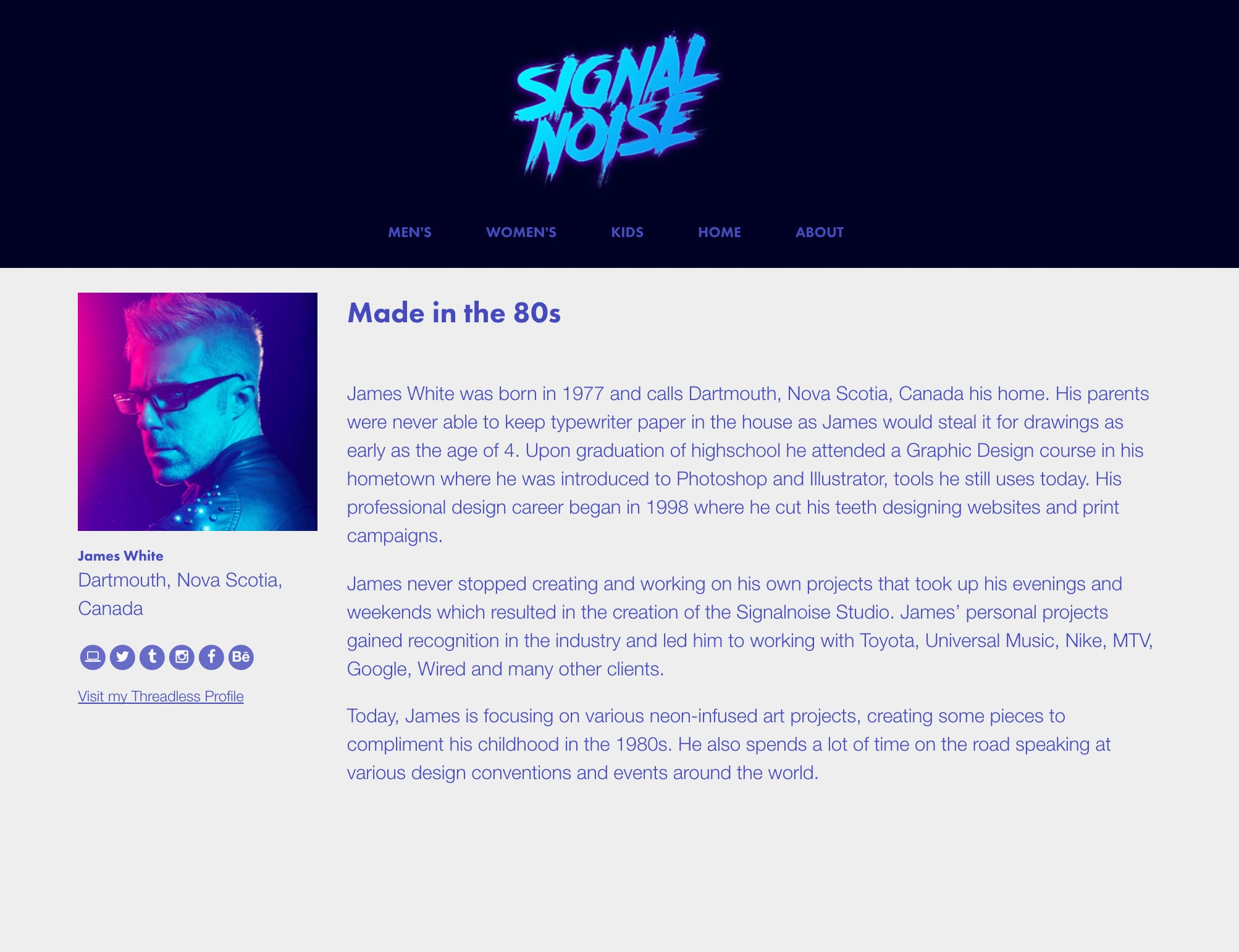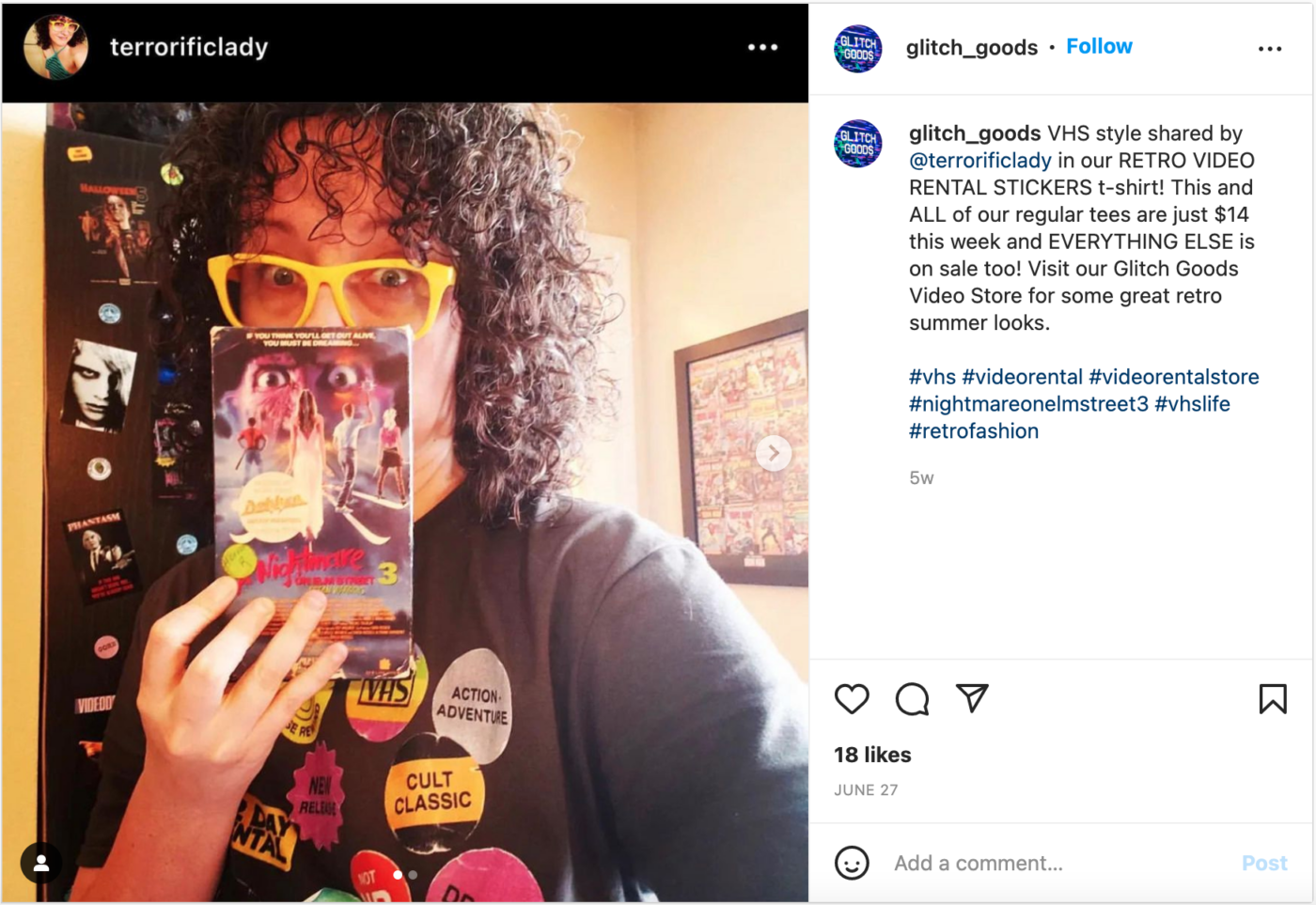Deep down inside, we all want to be number 1 in someone’s eyes. When it comes to SEO, we mean it literally. Getting your merch store to rank at the top of search engine results pages (SERPs) can boost your traffic and help you convert new leads into customers. This may seem like a herculean task, but it’s not impossible if you avoid common SEO mistakes that could exile you to page 35. Nothing good happens on page 35. Trust us.
What is SEO, you ask? (If you’ve already read our previous articles on this topic, we’ll keep this part brief.) It stands for “search engine optimization.” In other words, increasing your web traffic through search engine results.
Before building an SEO strategy for your shop, it’s helpful to first understand how search engines work. Let’s talk about the biggest of them all, Google, which holds 91.9% of the worldwide search engine market share.1
What does Google actually do?

Marketing software company Moz describes search engines like Google as answering machines:
“They scour billions of pieces of content and evaluate thousands of factors to determine which content is most likely to answer your query.”2
In order to give users the most relevant answers to their questions, Google relies on automated bots called “crawlers” to discover new and updated content. Then, Google indexes this new content and retrieves it later on when it’s a good match for a user’s search query.
How Google ranks your content.
Short answer: relevance. Theoretically speaking, the more relevant your content is to keywords and phrases users are searching for, the higher Google will rank your site’s related URLs.
There are many factors that Google looks at to determine the rank of your content, including but not limited to:
✩ Frequency and location of keywords. Google probably won’t rank your page very high for a keyword if you only use it once, depending on the length of your content.
✩ Time spent on your page. If your visitors immediately click back to the search results, it signals that they’re unsatisfied with the content. This could lower your ranking.
✩ The number of backlinks to your page. The more sites linking to your page, the more Google will view it as a credible source.
✩ The user experience of your site. Google also takes into account performance metrics such as loading time, stability, and responsiveness to ensure they recommend pages that deliver a quality user experience. If your shop is on our Artist Shops platform, you don’t have to worry about any of those concerns. That’s our job!
Now that you know the basics, let’s discuss best practices that solve some of the most common SEO mistakes.
SEO Practices to Live By
We’re confident these tips will help you improve your SEO ranking, mostly because we’ve tried them ourselves and seen positive results. If you’re running your own Threadless–powered Artist Shop with the goal of growing your business and increasing your organic traffic, these practices will make a difference.
1. Don’t ignore what the data tells you.

Let your research guide you. When you’re brainstorming keywords for new designs and products in your shop, it’s important to consider your target audience first. Use online tools such as Google Analytics to better understand your visitors’ browsing behaviors and interests. Grow your community of supporters by focusing on the keywords they’re searching for and demanding.
Wondering if a particular keyword is worth targeting? Why don’t you just Google it? No, seriously. Search the keyword and review the results. Scope out your competition. Look at designs that are similar to yours and see what other keywords artists are using. Do your due diligence!
2. Don’t focus on keywords that are too broad.
As a rule of thumb, the higher the search volume, the more competition you’ll face. If you’re a new shop owner targeting a broad keyword like “t-shirt,” it’ll take a lot of work to rank higher than the bigger, more established brands that appear on the first page of results. But even if you did, would it be worth it?
By targeting broad and ambiguous keywords, you run the risk of attracting visitors to your shop who aren’t interested in the specific style of product you’re offering. This won’t do much to help your conversion rate.
Instead, focus on long-tail keywords that are more specific and cater to your audience’s search intent. Keywords like “skateboarding skeleton t-shirt” might not have as high of a search volume, but they have far less competition and cater to shoppers with a specific want and need. This strategy encourages conversion.
3. Only include keywords where they make sense.

As we mentioned before, keyword frequency and location impacts how Google ranks your content. At Artist Shops, there’s a lot of potential for increasing your organic traffic through strategic on-page SEO. Here are some of the places where you can naturally incorporate keywords into your shop:
✩ Product Pages: Whenever you upload and publish a new design to your Artist Shop, your dashboard makes a unique URL for each individual product you create. On these pages, you can include a keyword in the…
- Product Title: If you include your keyword here, it will also appear in your product page’s URL. This could benefit your site’s rank.
- Design Description: In a few brief sentences, tell the story of your design while peppering in your keyword once or twice. Don’t overdo it!
✩ Collection Pages: Artist Shops enables you to group together similarly themed designs into collections that help your visitors make purchase decisions. Similar to Product Pages, you can also feature a keyword in the collection’s title and description.
✩ About Page: If you haven’t created one yet, we HIGHLY recommend it. An About Page makes it easier for Google to find you during the crawling and indexing process and immediately adds SEO value to your shop. This is a fantastic place to include keywords that represent the overarching themes of your work. Examples: ’80s sci-fi horror, parodies of children’s books, retro advertising illustrations.
4. Don’t overstuff your content with keywords.
This is one of the most common SEO mistakes. Excessive keyword usage and irrelevant placement may improve your search engine ranking in the short term, but it’s not worth the consequences. Google will eventually see you’re trying to deceive its algorithm and penalize you by lowering your ranking, or worse—de-indexing your page. This will prevent your website from appearing in search results altogether. Instead of overstuffing, mention your keywords in natural prose to provide the best reader experience.
5. Don’t be too shy to reach out for backlinks.

Every time a site shares a link to your content, Google views it as a vote of confidence. A 2020 study published by Backlinko found that the number 1 search result in Google SERPs had an average of 3.8x more backlinks than results 2–10.3
It takes time, effort, and courage to get others to link to your content, but the reality is that backlinks are a huge factor in determining your search engine rank. Here are some ideas for collecting those coveted backlinks using social media:
- Ask your collaborators to post about your content. Do you have a photographer who snaps your lifestyle photos? Do your friends model your products? Have them share the photos you worked on together and include direct links to your featured products.
- Reach out to bloggers and influencers. They might be willing to feature one or more of your designs if your art speaks to their audience.
- Give a shout out to followers who share your creative content. Whenever anyone tags you in photos of themselves with your products, reshare their post with a “thank you” message. When other followers see it, they might be more inclined to share your work, too. Who doesn’t like a good shout out?
6. Don’t stop creating high-quality content for YOUR followers.
When it comes to SEO, the biggest mistake of them all is to create content just for Google. Search engines aren’t your audience. If you make content for the sole purpose of improving your rank on SERPs, the quality of your work will suffer. Putting out low-quality content will cause your site to tumble down search engine rankings.
Instead, stay true to your art style and cater to what your audience wants to see. Show works in progress. Build anticipation for your product launches with countdowns. Pull back the curtain and talk about what inspires you. And don’t stop adding new content. Keep your followers coming back for more, and Google will start viewing your websites as valuable sources of information.
These tips for solving common SEO mistakes are just a fraction of what there is to understand about improving your search engine rank. For more guidance on navigating the complex world of SERPs, we recommend Moz’s intuitive and super-thorough Beginner’s Guide to SEO. It’ll give you the foundational knowledge you need to start planning your SEO strategy.
Come back to Creative Resources for more tips on how to sell your art online!
FOOTNOTES: 1. Oberlo – 10 Google Search Statistics You Need to Know in 2022 | 2. Moz – Beginner’s Guide to SEO, “SEO 101” | 3. Backlinko – We Analyzed 11.8 Million Google Search Results: Here’s What We Learned About SEO


